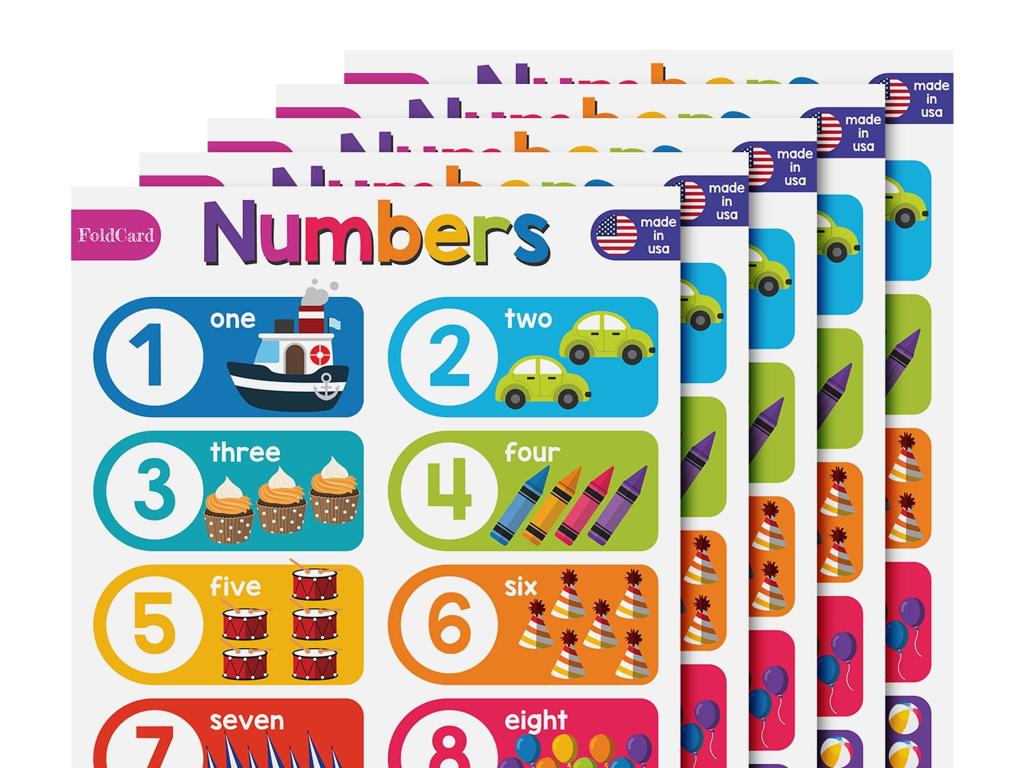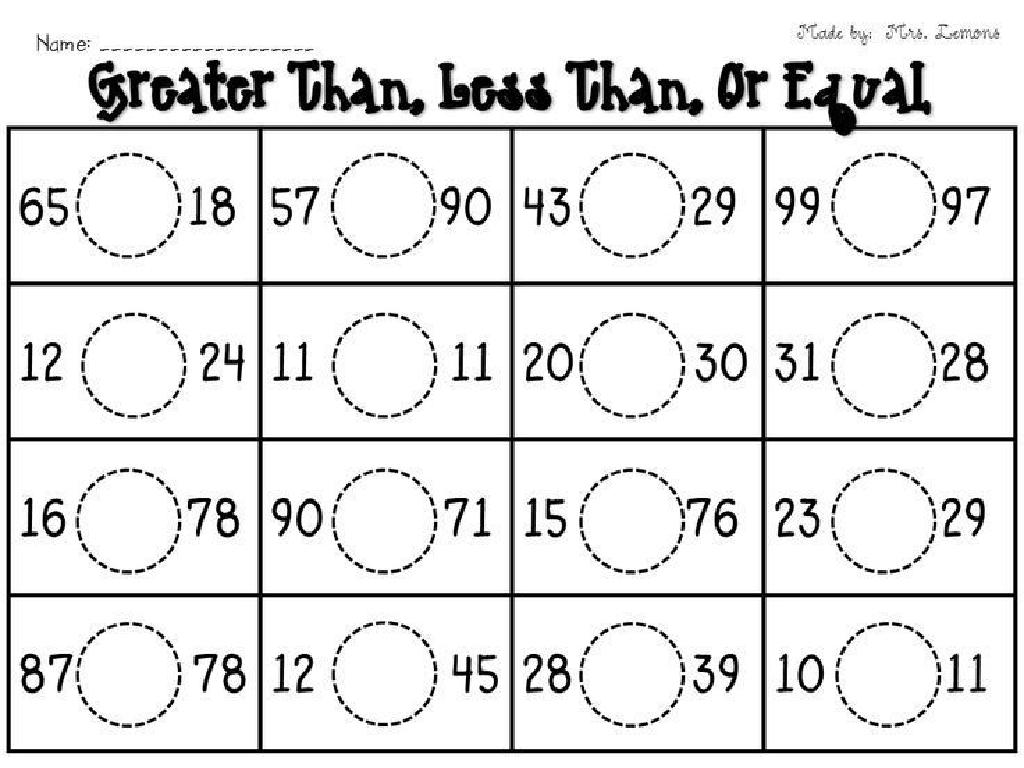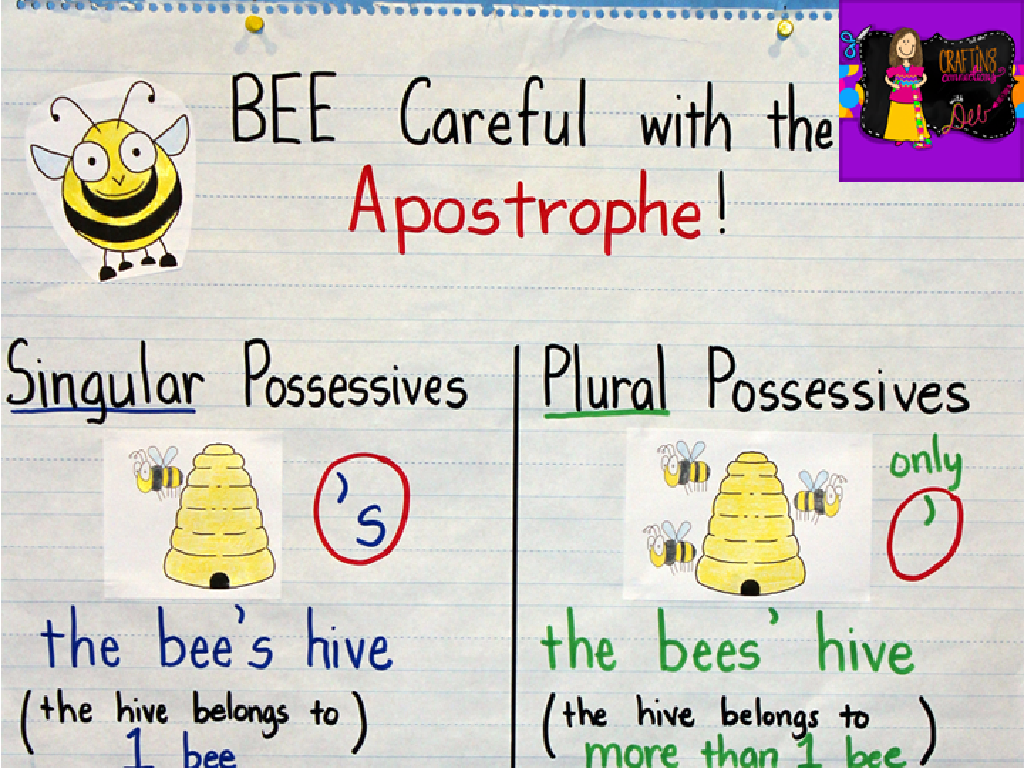Use Punnett Squares To Calculate Ratios Of Offspring Types
Subject: Science
Grade: Seventh grade
Topic: Genes To Traits
Please LOG IN to download the presentation. Access is available to registered users only.
View More Content
Introduction to Genetics: Inheritance Patterns
– How traits are inherited
Traits are passed from parents to offspring through genes.
– Gregor Mendel’s contributions
Mendel’s pea plant experiments founded modern genetics.
– Review: genes and traits
Genes are DNA segments; traits are characteristics like height.
– Introduction to Punnett squares
Punnett squares visualize offspring trait probabilities.
|
This slide introduces the fundamental concepts of genetics, starting with how traits are passed down through generations. Highlight Gregor Mendel’s pioneering work with pea plants, which laid the groundwork for our understanding of heredity. Review the definitions of genes and traits to ensure students have a solid grasp of these concepts. Introduce Punnett squares as a tool for predicting the likelihood of offspring inheriting certain traits from their parents. This sets the stage for more in-depth exploration of genetic inheritance and the use of Punnett squares in subsequent lessons.
Understanding Punnett Squares
– Punnett Square: A genetic tool
– A grid system for predicting traits in offspring
– Named for Reginald C. Punnett
– Reginald Punnett, a geneticist, developed this method
– Shows allele combinations
– Illustrates potential gene combinations from parents
– Predicts offspring genetic variation
– Helps calculate the probability of inheriting traits
|
Introduce the Punnett Square as a foundational tool in genetics used to predict the possible genetic variations in offspring. Explain that it was named after Reginald C. Punnett, a pioneering geneticist who helped to make the study of genetics more accessible. The square visually represents how alleles (different forms of a gene) from each parent can combine and illustrates the potential genetic outcomes for their offspring. Emphasize the importance of understanding allele combinations in predicting the likelihood of inheriting specific traits. This slide will set the stage for students to learn how to create and interpret their own Punnett Squares in subsequent lessons.
Understanding Alleles and Their Types
– Alleles: Different gene forms
– Dominant vs Recessive alleles
– Dominant alleles mask recessive ones
– Homozygous: Same allele types
– Homozygous: both alleles are the same, either dominant or recessive
– Heterozygous: Different alleles
– Heterozygous: one dominant and one recessive allele
|
This slide introduces the concept of alleles, which are different forms of a gene that determine traits. Students should understand that dominant alleles will mask the expression of recessive alleles. Homozygous organisms have two identical alleles for a trait, while heterozygous organisms have one dominant and one recessive allele. Use examples like flower color or pea shape to illustrate these concepts. Encourage students to think of alleles as different ‘flavors’ of a gene that can combine in various ways to determine an organism’s traits. This foundational knowledge will be crucial for understanding how Punnett squares are used to predict the genetic outcomes of offspring.
Creating a Punnett Square
– Identify parent alleles
– Alleles are forms of a gene from each parent, e.g., B for brown eyes, b for blue.
– Set up the Punnett square grid
– Draw a two-by-two grid for one gene pair, larger for multiple genes.
– Fill in alleles for prediction
– Place one parent’s alleles on the top, the other’s on the side, and combine in the squares.
– Calculate offspring ratios
– Count the genotypes to find the ratio of possible offspring types.
|
This slide introduces the steps to create a Punnett Square, a tool used to predict the genetic makeup of offspring from parental genes. Start by identifying the alleles, which are the different forms of a gene that the parents carry. Explain how to set up the grid based on the number of gene pairs being considered. Demonstrate how to fill in the alleles by combining one from each parent in each square of the grid. Finally, show how to calculate the ratio of possible offspring types by counting the frequency of genotypes in the grid. Provide examples and encourage students to practice with different traits to solidify their understanding.
Predicting Offspring Flower Colors with Punnett Squares
– Understanding dominant & recessive
– Purple is dominant, white is recessive
– Parent plants’ color genes
– Purple (PP or Pp) and white (pp)
– Possible offspring flower colors
– Offspring could be PP, Pp, or pp
– Calculating offspring color ratios
– Use Punnett square to find ratios
|
This slide introduces the concept of dominant and recessive traits and how they determine the color of flowers in offspring. Using the example of purple and white flowers, where purple is the dominant trait, students will learn how to set up and interpret Punnett squares to predict the possible genetic combinations and their corresponding ratios. Emphasize the difference between genotype (PP, Pp, pp) and phenotype (purple or white flowers). The activity will help students understand how traits are inherited and the probability of each trait appearing in the offspring. Encourage students to create their own Punnett squares with different dominant and recessive traits to explore various genetic outcomes.
Predicting Offspring Eye Color
– Understanding parents’ genotypes
– Genotype is the genetic makeup, B for brown is dominant, b for blue is recessive
– Bb (brown) mates with bb (blue)
– One parent has one dominant and one recessive allele, the other has two recessive alleles
– Fill in the Punnett square together
– Use the Punnett square to visualize how alleles from each parent can combine
– Calculate offspring eye color ratios
– Determine the probability of brown vs blue eyed offspring from the square
|
This slide is a class activity where students will apply their knowledge of genetics to predict eye color in offspring using a Punnett square. The genotypes of the parents are given, and students must understand how dominant (B) and recessive (b) alleles work. The activity will help them visualize genetic combinations and calculate the ratio of possible eye colors. Teachers should guide the students through the process of filling out the Punnett square and facilitate a discussion on the resulting genotypic and phenotypic ratios. This exercise will reinforce the concepts of dominance, recessiveness, and probability in genetics.
Analyzing Offspring Ratios with Punnett Squares
– Genotype vs phenotype ratios
– Genotype: genetic makeup; Phenotype: physical traits
– Interpreting Punnett square results
– Analyze squares to predict offspring genotypes
– Significance of ratios in genetics
– Ratios help estimate the chance of traits
– Predicting offspring characteristics
– Use ratios to foresee physical characteristics
|
This slide aims to help students understand the difference between genotype (the genetic code) and phenotype (the observable trait), and how to interpret the results of a Punnett square to predict the ratios of these in potential offspring. By analyzing the genotype ratios, students can estimate the probability of different phenotypes appearing in the offspring. This understanding is crucial for grasping basic genetic inheritance and can be applied to more complex genetic problems. Encourage students to practice with different genetic crosses and to discuss how these ratios can be observed in real-life scenarios, such as in breeding plants or animals.
Real-World Applications of Genetics
– Genetics in agriculture
– Selective breeding to improve crops and livestock
– Medical genetics impact
– Understanding genetic disorders and treatments
– Conservation genetics
– Preserving genetic diversity in wildlife
– Calculating offspring ratios
|
This slide aims to show students the practical applications of genetics in various fields. In agriculture, genetics is used for selective breeding to produce crops and livestock with desirable traits. Medical genetics is crucial for diagnosing and treating genetic disorders, leading to better health outcomes. Conservation genetics focuses on preserving the genetic diversity of endangered species, which is vital for their survival. Lastly, understanding how to calculate offspring ratios using Punnett squares is essential in these fields to predict and influence genetic outcomes. Encourage students to think about how these applications might affect their lives and the environment.
Class Activity: Create Your Own Punnett Square
– Choose traits for a creature
– Determine parent alleles
– Predict offspring with Punnett Square
– Use the square to cross alleles and see possible offspring traits
– Share and discuss findings
– Explain your results and learn from others
|
This activity is designed to provide hands-on experience with Punnett squares. Students will select traits from a list for a hypothetical creature and determine the genetic alleles of the creature’s parents. Using this information, they will fill out a Punnett square to predict the possible traits of the offspring. After completing their squares, students will share their results with the class and discuss the outcomes. This will help them understand how traits are inherited and the role of dominant and recessive alleles. For the teacher: Prepare a list of traits and corresponding alleles, ensure students understand the difference between dominant and recessive traits, and guide them through the first Punnett square creation before they attempt it on their own. Possible traits could include color, size, or special abilities. Encourage creativity and critical thinking.






